
Mandibulectomy and maxillectomy are relatively common surgical options for oral neoplasia resection in veterinary patients. For optimal success, keep these points in mind.

Mandibulectomy and maxillectomy are relatively common surgical options for oral neoplasia resection in veterinary patients. For optimal success, keep these points in mind.

Whether you perform surgery yourself or refer your patient to a specialty veterinary facility, aggressive stabilization can make all the difference.

Heres our regular rundown of new and noteworthy veterinary products.

When your veterinary patient requires crate rest to heal from surgery or injury, make sure to educate owners about the challengesand be ready with strategies to make the process manageable for both pet and people.

Brachy breeds are as popular as ever with pet owners, and as a result, veterinarians continue to see patients with respiratory aberrations associated with BOAS. A board-certified surgeon offers the latest options to treat these conditions in dogs.

A prolapsed box turtle rectum pushed me to make the typical veterinarian choice: Get some time off or be the leader a freaked-out team member needed in the moment.

In veterinary medicine, there exists a culture of shame surrounding surgical error. Here, one DVM shares her experience with mental and emotional trauma during surgery and offers 7 steps to help veterinarians rewire their brains after a traumatic event in practice.

You dont need us to tell you about the importance of communication with veterinary clients. But a recent survey proves a gap in pet owners understanding of animal pain and surgery.
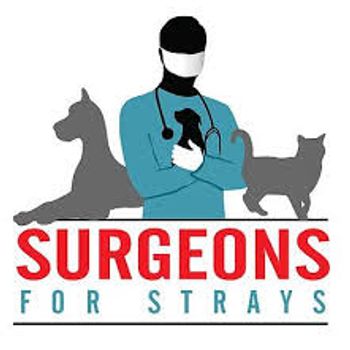
His heart may have been in the right place, but an Atlanta orthopedic surgeon has voluntarily shut down his nonprofit organization after backlash from area veterinarians.
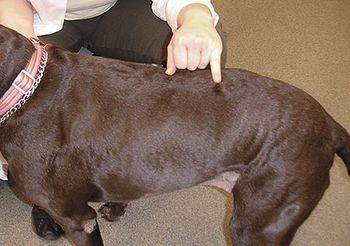
Knowledge of tumor type and grade leads to the smartest therapeutic options and most accurate prognosis. The challenge is to communicate the value to clients.

With opioids in short supply for use in the veterinary industry, consider some alternative analgesics to treat pain in your veterinary patients.
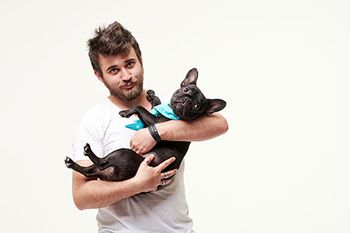
New research explores the paradoxes pet owners face when choosing dogs with conformational medical problems.

You have an open wound come into your practice. Your first temptation is to close it right up. But you might want to wait a few days first, suggests Dr. Bronwyn Fullagar.

A veterinary oncologist outlines what every veterinarian should know when counseling owners on complementary and alternative medicine treatments for their cancer patients.

Some of the strong opinions about feline declaws are captured in these candid, anonymous thoughts from the Veterinary Confessionals Project.
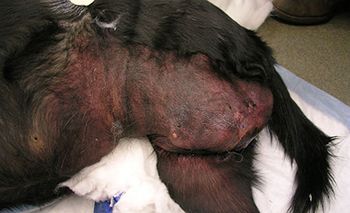
They're anything but predictable and unfortunately very common. Here's what veterinarians need to keep top of mind when managing this malignancy.
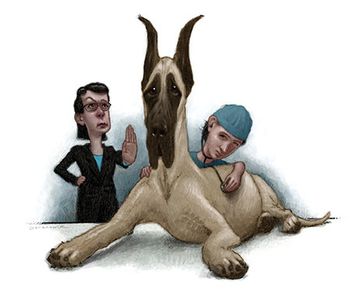
The tale of a veterinary associate who performed surgery even though the client couldnt paydefying corporates directive to euthanizeelicits strong opinions.

Results from the Golden Retriever Lifetime Study by Morris Animal Foundation focus on golden retrievers, but report posits data could apply to other large breeds.

Because the clinical signs of transitional cell carcinomas can mimic UTIs, some veterinary patients arent benefiting from early detection, proper diagnosis and treatment. Use these tools when treating high-risk breeds and help these dogs live longer, happier lives.
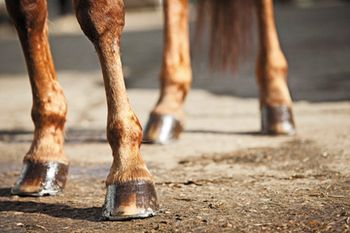
Practicing evidence-based veterinary medicine is all well and good when the evidence is clear-cut. But as articular cartilage expert Dr. Emma Adam knows, the data on use of hyaluronic acid in horses are often ambiguous.

If Gov. Cuomo signs the bill passed by the state Assembly, New York will impose a civil penalty of $1,000 on people who perform onychectomies, partial or complete phalangectomies, or tendonectomies on cats without a therapeutic purpose.

Time is of the essence when determining whether an equine patient has this potentially life-threatening problem. So, make sure you know what diagnostic clues to look forand what could be a red herring.
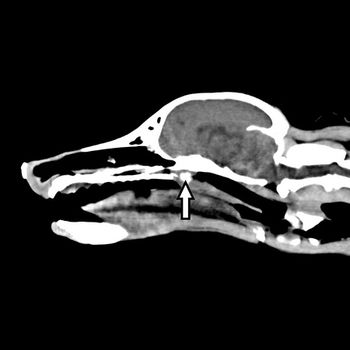
When a veterinary patient presents with sneezing and obstructive nasal breathing in your practice, how are you diagnosing the patient? Take the quiz to see if you're right.
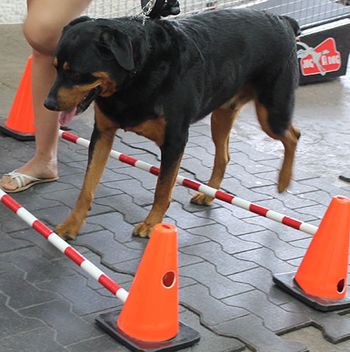
Just like in people, proper rehabilitation in pets requires exercise, but you dont need to have lots of fancy equipment to make it happen. Heres what you need to know before devising a rehab program, plus some exercises that any practitioner can employ.
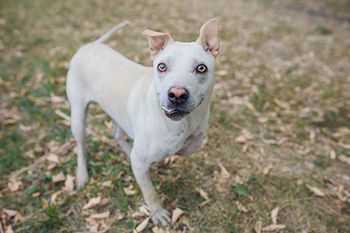
Osteosarcoma is a highly aggressive and locally destructive cancer in veterinary patients. Heres the latest on diagnosis, treatment and prognosis for these common bone tumors in dogs and cats.